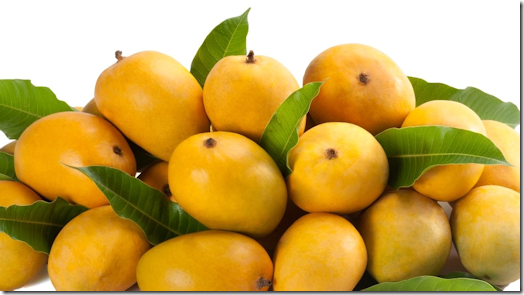 My love affair with mango lassi started some years ago, after I’d been to a concert in Leeds. I was driving my mate home, and we decided to stop off for a curry.
My love affair with mango lassi started some years ago, after I’d been to a concert in Leeds. I was driving my mate home, and we decided to stop off for a curry.
Now, usually when we go for a curry, we end up drinking large quantities of beer (when he comes to Nottingham, I get a taxi and he stops over). But I don’t drink when I’m driving, which I do when I go to Leeds, and in any case many of the restaurants in Leeds are not licensed. The one we chose at random (mainly because it was there, and open), wasn’t. So I ordered a mango lassi, which was served in a large jug. And it was bloody gorgeous.
As is my wont, I then decided I would make it at home. It’s actually very easy, and there’s no secret or technique. All you do is pour a 450g pot of plain yoghurt into a liquidiser, about the same amount of mango, about half that amount of milk, a tablespoon or so of honey, and a handful of ice cubes, then blitz it.
The only real issue in the UK is the mangoes. The ones you buy year round at the supermarket are mainly the green-red ones – I think they’re called “Alice” mangoes – and they’re usually not ripe so as to extend their shelf life. You can speed up the ripening by putting them in a paper bag with a banana, but that’s a pain in the arse because it can take a while. They still make a decent lassi, though. Alternatively, if you have a good local Indian or Pakistani supermarket, they usually have seasonal mangoes in stock, and they’re a darned sight cheaper than supermarket ones. The drawback here is in the word “seasonal” – decent mango varieties are only in season for a few months each year.
Recently, one of the online stores I buy stuff from sent out an email announcing that the new season’s mango harvest was in. So I duly ordered a couple of cases. I chose the best mango variety there is – the Alphonso.
The Alphonso is a smallish mango (compared to the Alice variety), with a yellow skin. When it is ripe, you can massage it carefully, which breaks up the flesh inside, then break off the stalk and suck the liquidised flesh out, which is apparently how they’re often eaten. The same technique makes extracting the pulp quite straightforward – you just squeeze it into a bowl and that’s it. Well, almost. Mangoes have a bloody big stone (seed, or pit) inside, and those stones are noted for the fact that it is almost impossible to hold one since they’re so slippery. The main issue for me is that some (quite a lot, actually) of the flesh is still attached to them, and you don’t want to waste it.
So anyway, after a lot of swearing as I tried to get all that extra pulp off the first two stones, I decided there must be a better way – especially since I had a couple of dozen to get through. I thought about it for a bit, then surmised that some sort of gentle friction would clean the stones of pulp, so I turned to my trusty Kenwood Chef. I put all the pulpy stones in the bowl, fitted the dough hook (I said dough hook – keep reading), and left it running on slow speed for about 30 minutes. It worked like a charm, and got all the pulp off.
Whatever you do, don’t use the K-blade. I’ve already tried that for you – you’re welcome, though you probably don’t realise it. I thought it would be quicker. However, whereas the dough hook doesn’t get anywhere near the sides of the bowl, the K-blade does, and due to the aforementioned slipperiness of the pulp-coated stones, if (or, when) one gets trapped between the bowl wall and the K-blade with a powerful motor behind it… well, let’s just say that it is messy, involves at least two T-shirts, and you don’t really want to go there. As I said, you’re welcome. The dough hook, though, just keeps hitting the stones and doesn’t trap them, and if you leave it long enough this removes all of the pulp.
I was planning to freeze the pulp in portions, but I don’t think it will last long enough to make that worthwhile now I’m on a lassi roll.